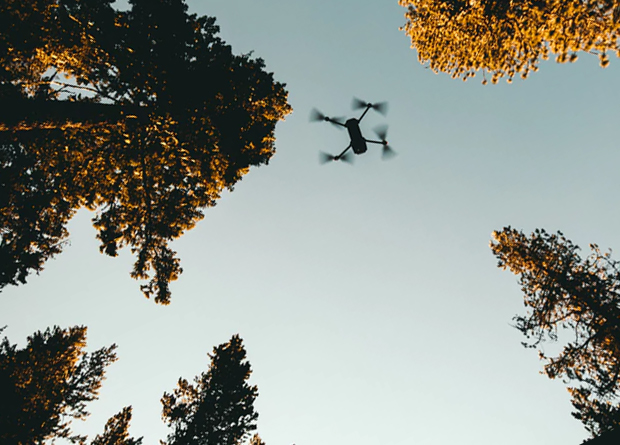By Lily Asis
No one connected to the oil industry needs to be reminded of the most recent collapse and the cost slashing that had to take place to try and prevent further losses. No, there’s no reason to rehash all of that.
What’s worth discussing instead is how
companies in the oil industry that are itching to restart explorations in
remote or dangerous terrain don’t have to sink major money into those
explorations, nor do they need to risk the wellbeing of employees that would
traditionally be tasked with gathering data from or surveying prospective
sites. Why send a helicopter and human beings when a drone can do it?

Reducing risks and reducing costs
One of the main reasons exploration is among the first items to be slashed in the budget during times of austerity is that untapped oil and gas deposits tend to be located in distant locations with extreme environments. The helicopters and other vehicles and equipment necessary for surveying leads are costly, even when renting instead of owning, and with the risks associated with the terrain and weather in many of these locales, only the best vehicles and equipment will do when it comes to protecting the employees involved in exploration.
However, the number one way to protect employees that would otherwise be exposed to these harsh conditions and risky terrains is to take those employees out of the equation for early stages of exploration, and then arm them with the most precise data possible for the testing stages of exploration. This can be easily accomplished with a drone.
Industrial drones are capable of capturing and transmitting high-definition photos and video that will allow researchers to look for seeps, reservoirs, source rocks and other positive signs for prospective drilling sites, all without needing to get anywhere near the site itself. Drones for surveying are also a valuable tool for the energy industry, with industrial drones able to use photogrammetry or LiDAR in order to produce the most precise topographical maps possible. These maps are essential for determining the potential viability of a site as well as for arming testers with accurate information if further investigation is warranted.
Deriving maximum benefit
As much as completing the initial stages of exploration with a drone offers energy companies significant advantages, the nature of many industrial drones can still make the process slightly cumbersome. If a drone pilot is required, this factors a significant expense back into the exploration mission, delays on-demand flights, and introduces the possibility of human error.
This is why an automated industrial drone is the leading choice for oil and gas exploration. As an automated industrial drone handles the full flight process from launch to landing, including data collection, there’s no need to have an expensive pilot either on staff or contracted.
Further, leading automated drones are capable of maintaining their own power supplies and equipping themselves with a range of sensors so they’re always ready to launch immediately for a variety of missions. Leading automated drones also integrate with the software necessary for automatic data processing, easily producing those precise topographical maps, for example.
Regaining competitive edge
Overall, an industrial drone is an investment that will allow oil and gas companies to take more risks in exploration without actually risking the safety of employees or risking financial losses. Additionally, investing in an automated industrial drone that can equip itself with a range of sensors can improve operations ranging from exploration and inspections to security, surveillance and emergency response. That’s a good reason to keep looking forward in the energy industry.









































































































